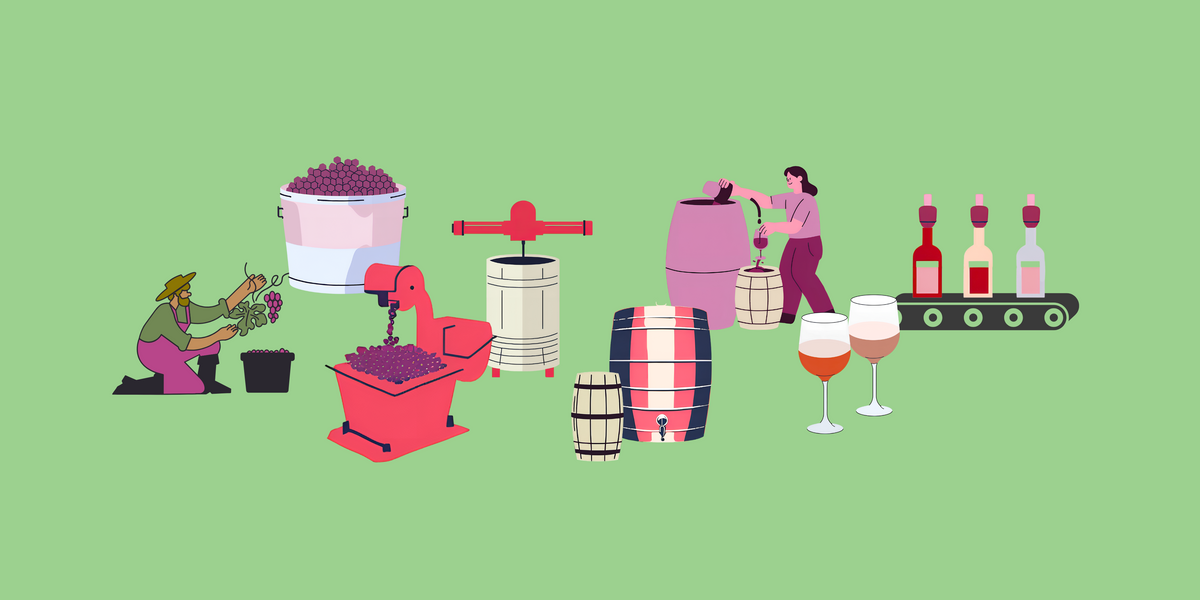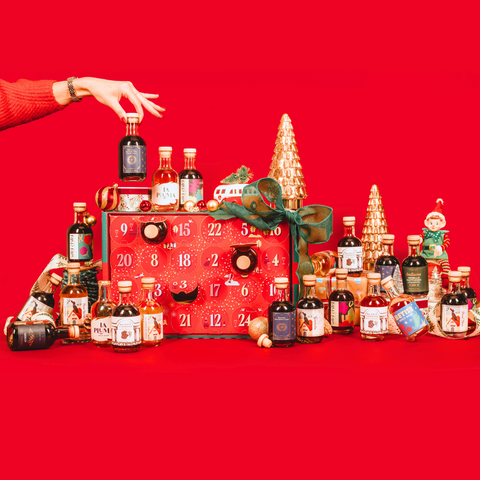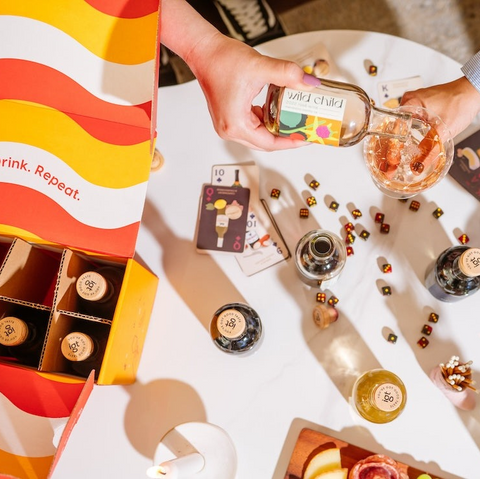Ever wondered how your favorite glass of wine goes from a bunch of grapes to a delicious pour? The winemaking process is a mix of tradition, science, and a little bit of magic. Whether you're a red wine devotee or a white wine enthusiast, the steps to making still wine follow a similar path—but with some key differences along the way. Let’s break it down!
1. Harvest 🍇
Harvest is the kickoff to winemaking season! Grapes are typically picked in late summer to early fall, depending on the region and grape variety. Winemakers carefully choose the perfect moment to harvest based on sugar levels (aka Brix), acidity, and overall ripeness. Some vineyards harvest by hand to ensure only the best grapes make the cut, while others use machines for efficiency.
Red vs. White: For red wine, grapes are usually harvested at a riper stage to develop bolder flavors and tannins. White wine grapes, on the other hand, are often picked earlier to retain their bright acidity and fresh fruit character. Think of it as the difference between a juicy, sun-ripened strawberry and a zesty green apple!
2. Sorting and Crush 🍷
Once harvested, the grapes are sorted to remove any leaves, stems, or less-than-perfect berries. Then comes the exciting part: crushing! Traditionally, this was done by stomping on grapes (yes, like in those vintage movies), but today, most wineries use machines to gently break the skins and release the juice.
Red vs. White: The biggest difference here? Red wines are fermented with their skins, which gives them their deep color and tannins. White wines, however, are usually pressed right away to separate the juice from the skins, keeping the wine light and crisp.
3. Fermentation 🛢️
This is where the magic happens! Yeast (either naturally occurring or added by the winemaker) eats the sugar in the grape juice and turns it into alcohol. Fermentation can take anywhere from a few days to several weeks, depending on the style of wine being made.
Red vs. White: Since red wines ferment with their skins, they need regular “punch-downs” or “pump-overs” to keep the skins mixed with the juice and extract maximum color and flavor. White wines, being skin-free at this point, ferment at cooler temperatures to preserve their fresh and fruity aromas. Imagine red wine fermenting like a bubbling stew and white wine like a slow, cool lemonade infusion!
4. Pressing 🍇
Pressing is the process of squeezing out all the remaining juice from the grapes. For reds, this happens after fermentation, once the juice has soaked up all that lovely color and tannin from the skins. For whites, pressing happens before fermentation to keep the wine light and delicate.
Fun fact: Some white wines, like orange wines, are made using red wine techniques, letting the juice sit with the skins for added depth and texture!
5. Aging 🛢️
Once fermentation is complete, the wine needs time to develop its personality! Aging can happen in stainless steel tanks for a fresher taste or in oak barrels for added depth, spice, and complexity.
Red vs. White: Reds often age longer in oak to enhance their bold flavors and add notes of vanilla, spice, or smoke. Whites, especially lighter styles, typically age in stainless steel to keep them crisp and vibrant. Ever notice that oaky, buttery flavor in some Chardonnays? That’s from barrel aging!
6. Racking 🍷
During aging, the wine naturally develops sediment. Racking is the process of gently transferring the wine from one container to another, leaving the sediment behind. This step keeps the wine clear and smooth.
Red vs. White: Red wines usually have more sediment due to their tannins and skin contact, so they often require more racking than whites. Some winemakers embrace a little sediment for added texture, while others prefer a polished, refined style.
7. Filtration & Fining 🏆
To get that crystal-clear look in your glass, wines go through filtration and fining. Filtration removes unwanted particles, while fining uses agents (like egg whites or bentonite clay) to smooth out any rough edges in taste and texture.
Red vs. White: Whites are often fined and filtered more aggressively to maintain their bright, clean appearance. Some reds, especially more natural or rustic styles, might be unfiltered for a richer mouthfeel and complexity.
8. Bottling 🍾
Finally, it’s time for the big moment—bottling! Once the wine is aged and perfected, it’s sealed up and ready to hit shelves (or your doorstep). Some wines are best enjoyed fresh, while others benefit from further bottle aging to develop more complex flavors over time.
Fun fact: Ever heard a pop when opening a bottle of wine? That’s not just for bubbly! Some wines are bottled with a little natural carbon dioxide from fermentation, giving them a slight fizz.
And there you have it! The journey from grape to glass is full of fascinating steps, each shaping the final wine in your glass. So next time you take a sip, you’ll have a little insider knowledge on all the work (and magic) that went into it.











